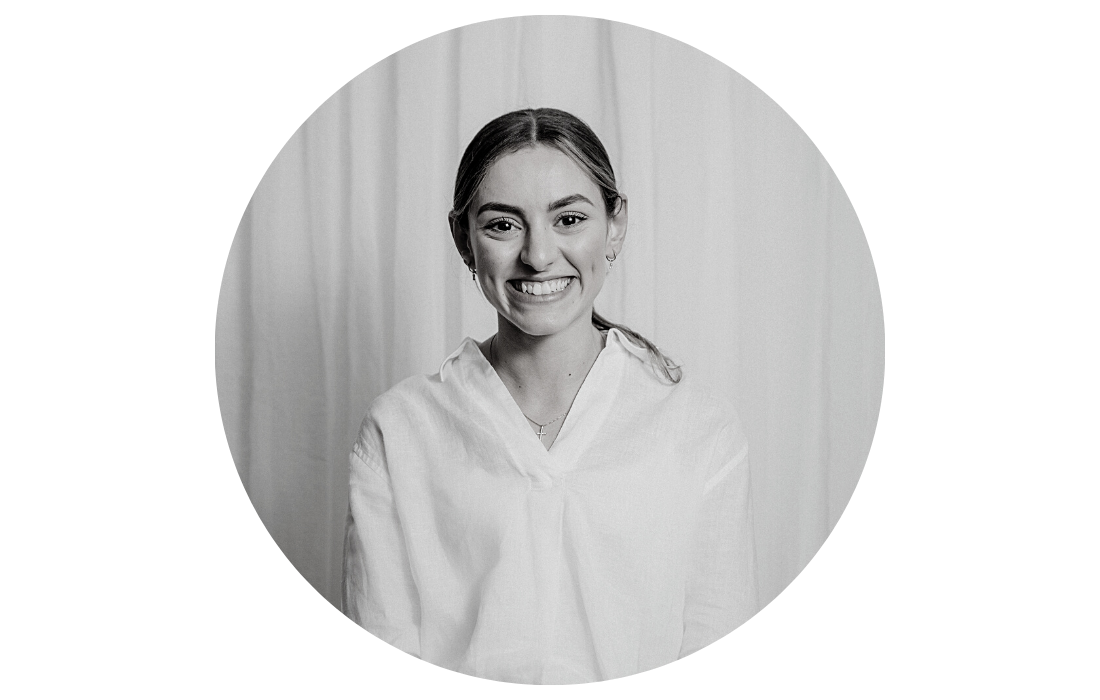Headache and migraine physiotherapy Brisbane southside.
Cervicogenic headaches and migraines (neck related headaches and migraines)
Cervicogenic headaches and migraines are those that are related to problems in the neck. They can be caused by things like poor posture, whiplash, previous injuries to the head or neck, or repetitive strain. These headaches are often hard to diagnose and treat because their causes are not fully understood. It is important to see a physiotherapist who can examine the neck and head to identify the underlying causes of these headaches.
The symptoms of cervicogenic headaches and migraines may include pain on one side of the head that can radiate from the back of the head. The pain can be triggered or worsened by certain neck positions or movements, and it may be accompanied by nausea, sensitivity to light or sound, or blurred vision. Your physiotherapist will perform a thorough examination to identify the specific triggers and patterns of your headaches, and to rule out any more serious underlying conditions.
Red flags
Your physiotherapist will assess for red flags that may warrant further medical assessment, imaging and referrals to a specialist. Red flags might include:
1. Headaches or migraines that get worse over time
2. Sudden onset of severe head pain
3. Headaches in combination with high fever, rash and neck stiffness
4. Headache following a head injury
5. Profound dizziness and visual disturbances (though some people may have benign visual disturbances in combination with their headaches)
Treatment
Treatment for cervicogenic headaches will depend on the underlying causes of the condition. Your physiotherapist will assess your muscle length, joint movement, and postural alignment to develop a personalised treatment plan. This may include manual therapy, exercise, and advice on posture and ergonomics. In some cases, other medical professionals may need to be involved, such as neurologists, psychologists, or dentists. It is important to have open communication with your physiotherapist about your symptoms and expectations, and to work together to find the best treatment approach for your individual needs.
It is important to note that physiotherapists cannot treat migraines that are caused by other underlying medical conditions, such as hormonal imbalances, medication overuse, or neurological disorders. If your migraines are severe or are not improving with physiotherapy, it is important to consult with your physician to rule out other medical conditions and to explore other treatment options.
References:
Page P. (2011). Cervicogenic headaches: an evidence-led approach to clinical management. International journal of sports physical therapy, 6(3), 254–266.
Zhou, Y. (2010). Cervicogenic headache: It is time to call for more attention. BJMP, 3(3).
If you think your headaches may be related to your neck and treatable with physiotherapy don't hesitate to get in touch! Call us on 07 3706 3407 or email [email protected] if you want to see one of our Brisbane physiotherapists!
Cervicogenic headaches and migraines are those that are related to problems in the neck. They can be caused by things like poor posture, whiplash, previous injuries to the head or neck, or repetitive strain. These headaches are often hard to diagnose and treat because their causes are not fully understood. It is important to see a physiotherapist who can examine the neck and head to identify the underlying causes of these headaches.
The symptoms of cervicogenic headaches and migraines may include pain on one side of the head that can radiate from the back of the head. The pain can be triggered or worsened by certain neck positions or movements, and it may be accompanied by nausea, sensitivity to light or sound, or blurred vision. Your physiotherapist will perform a thorough examination to identify the specific triggers and patterns of your headaches, and to rule out any more serious underlying conditions.
Red flags
Your physiotherapist will assess for red flags that may warrant further medical assessment, imaging and referrals to a specialist. Red flags might include:
1. Headaches or migraines that get worse over time
2. Sudden onset of severe head pain
3. Headaches in combination with high fever, rash and neck stiffness
4. Headache following a head injury
5. Profound dizziness and visual disturbances (though some people may have benign visual disturbances in combination with their headaches)
Treatment
Treatment for cervicogenic headaches will depend on the underlying causes of the condition. Your physiotherapist will assess your muscle length, joint movement, and postural alignment to develop a personalised treatment plan. This may include manual therapy, exercise, and advice on posture and ergonomics. In some cases, other medical professionals may need to be involved, such as neurologists, psychologists, or dentists. It is important to have open communication with your physiotherapist about your symptoms and expectations, and to work together to find the best treatment approach for your individual needs.
It is important to note that physiotherapists cannot treat migraines that are caused by other underlying medical conditions, such as hormonal imbalances, medication overuse, or neurological disorders. If your migraines are severe or are not improving with physiotherapy, it is important to consult with your physician to rule out other medical conditions and to explore other treatment options.
References:
Page P. (2011). Cervicogenic headaches: an evidence-led approach to clinical management. International journal of sports physical therapy, 6(3), 254–266.
Zhou, Y. (2010). Cervicogenic headache: It is time to call for more attention. BJMP, 3(3).
If you think your headaches may be related to your neck and treatable with physiotherapy don't hesitate to get in touch! Call us on 07 3706 3407 or email [email protected] if you want to see one of our Brisbane physiotherapists!
Who to book in with:
Yulia Khasyanova
|
Monica Hanna
|


